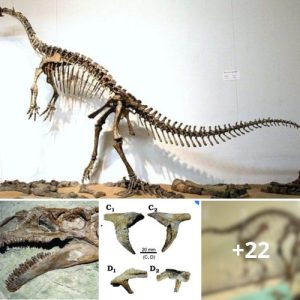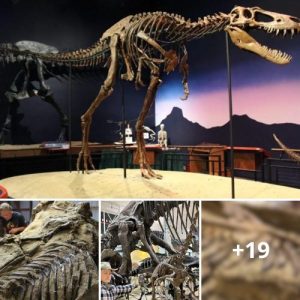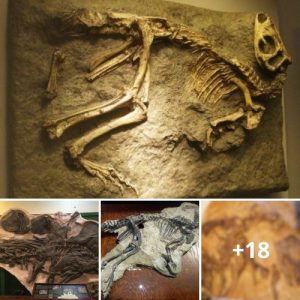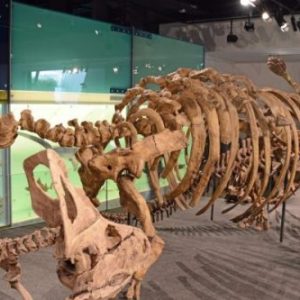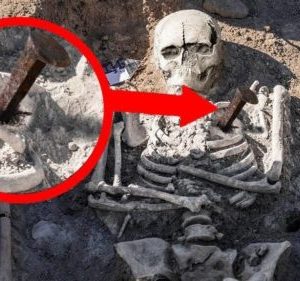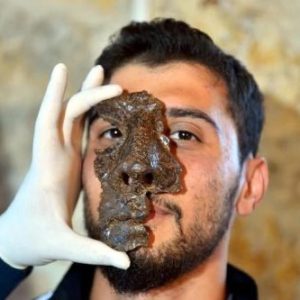Born in the enchanting city of Venice in 1518, Jacopo Tintoretto was destined for greatness. His journey through life, art, and legacy is a captivating tale that reveals the profound impact he had on the world of Renaissance art. In this article, we’ll explore seven intriguing facts about Tintoretto’s masterpieces and the remarkable artist behind them.
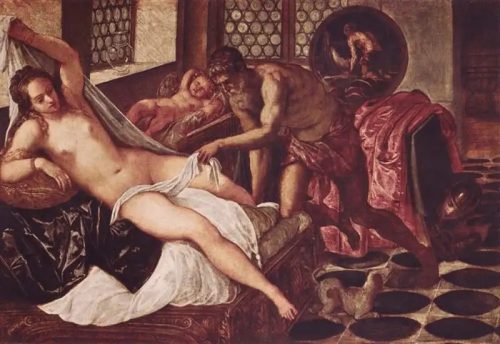
1. Artistic Roots in the Dyers’ Workshop
Tintoretto’s artistic journey began in an unconventional setting – his father’s dyers’ workshop. As a cloth dyer, his father exposed him to a vibrant spectrum of pigments used in the trade. Interestingly, it was the Italian word for dyer, “tintore,” that bestowed upon the artist his enduring moniker, “Tintoretto.”
2. Embracing His Father’s Craft
Despite his patrician lineage from his mother’s side, Tintoretto chose to embrace his father’s craft. In an era when artists aspired to be seen as intellectuals, his decision to align with the artisanal tradition was a remarkable choice. It set him apart and showcased his commitment to his roots.
3. Ambition to Excel in Color
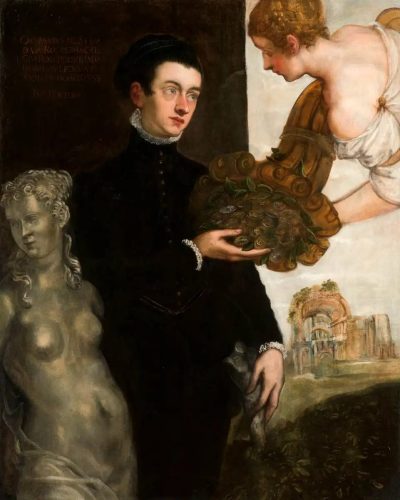
Tintoretto’s choice of the nickname “Tintoretto” was a testament to his ambition. In the vibrant world of Venetian art, color was king, and being a dyer’s son gave him an edge. He aspired to become Venice’s most treasured master, fully aware that the Venetian school’s reputation hinged on its exceptional use of color.
4. Early Display of Exceptional Talent
Tintoretto’s artistic prowess was evident from a young age. His expulsion from the studio of Titian, Venice’s renowned master artist, couldn’t deter his passion. Undeterred, he embarked on a solo journey to study the works of the Italian masters. His goal? To meld the drawing precision of Michelangelo with the vivid color mastery of Titian.

5. The Influence of Religion
The bedrock of Tintoretto’s early work was his Catholic upbringing. Raised in a deeply religious environment, he naturally incorporated Christian imagery into his art. Collaborating with some of Venice’s foremost fresco artists, he contributed to the ornate interiors of the city’s churches.
6. The Ambitious Madonna dell’Orto Project
In his twenties, Tintoretto undertook a monumental project that would elevate his reputation – decorating the church of the Madonna dell’Orto. He adorned the walls, organ, and choir with biblical narratives. The centerpiece of this endeavor was “The Last Judgment,” a work that left an indelible mark. The painting’s powerful portrayal captured the tension associated with the Christian concept of judgment day, showcasing Tintoretto’s artistic brilliance.
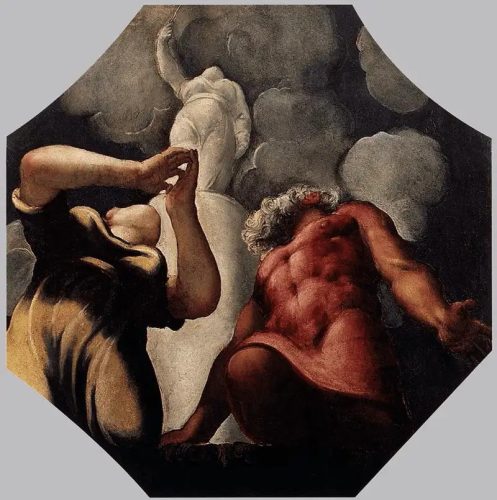
7. A Family of Artists
Tintoretto was a staunch believer in the family workshop tradition. He and his wife had eight children, half of whom followed in their father’s artistic footsteps. While documentation primarily mentions the direct involvement of three children – Marco, Domenico, and Marietta – it’s plausible that all participated in the family enterprise.
Marco initially assisted his father but later pursued a different lifestyle. Domenico, on the other hand, became the torchbearer of Tintoretto’s artistic legacy, creating a substantial body of work that extended beyond his father’s lifetime.
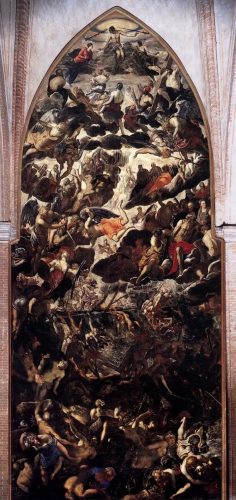
In conclusion, Jacopo Tintoretto’s journey from the dyers’ workshop to the pinnacle of Renaissance art is a testament to his unwavering dedication and unparalleled talent. His masterpieces continue to awe and inspire, leaving an indelible mark on the world of art.
Tintoretto’s story serves as a reminder that greatness can emerge from unexpected places, and artistic genius knows no bounds. Explore his works, and you’ll discover a world of color, emotion, and timeless beauty that continues to enchant art lovers across the globe.

